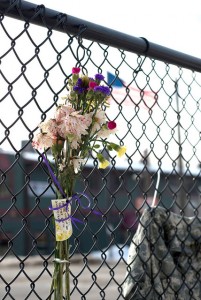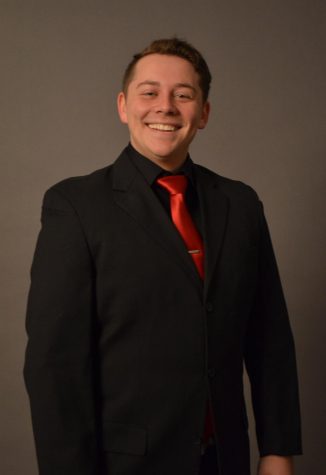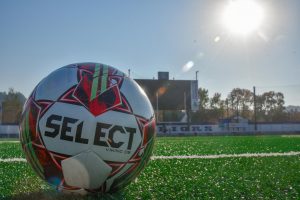Accident exemplifies pedestrian tunnels goal
January 27, 2016

Zach Bailey / Winonan
The second and final stage of Winona State University’s pedestrian tunnels should begin around April of this year, weather permitting
This last fall the concrete culverts were placed underneath the tracks, so all that has to be completed are steps, ramps, security cameras and other finishing touches.
Around 1:30 a.m. on Sunday, Jan. 17, Derek Bute, a 25-year-old exercise science student, fell on the train tracks intersection Huff Street and was fatally struck by a passing train. Bute was set to graduate in May.
The loss of Bute this past week has brought new attention by local media, Winona State and the Winona communities to the pedestrian tunnels that are in the process of being built below the tracks near Huff Street and Main Street.
“The building process has not changed pace since last week’s incidents, but incidents such as this do make it known whether changes might be made during production,” Mike Pieper, Winona State’s assistant vice president for facilities said.
In the past, train and pedestrian safety has been a large concern for Winona State. The community sends out occasional messages, reminding students about train and traffic safety. Winona residents have been known to call or message the university on what pedestrians might be up to, whether they are being safe with traffic or not, Winona State’s dean of students Karen Johnson said.
Incidents such as Bute’s have happened in the past, which is what initially brought up the idea of the underground tunnels beneath the train tracks, Johnson said.
“It wasn’t one specific incident that sparked the idea of the tunnels, but since [train] safety has been an ongoing issue, and that the community was well aware of this, it was thought out,” Johnson said.
Initial talks of the pedestrian tunnels began around 2007, but during that time it was not known whether or not this would be for pedestrian or vehicular use, Pieper said.
“The city was given an estimate on federal funding, and the funding would cover a pedestrian tunnel/overpass, but not a vehicular one,” Pieper said.
After the pedestrian passage was chosen, there were only two choices to consider: over or under. An underground tunnel was chosen in the end, and after the design phase, it was revealed that federal funding would cover the tunnel.
According to the university, phase two of the underground tunnels is slated to begin this spring, and finish by fall 2016.













































